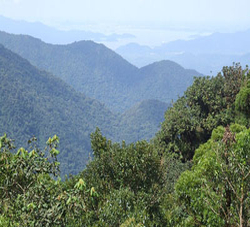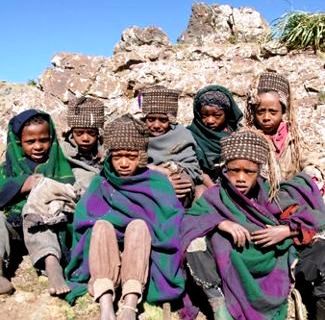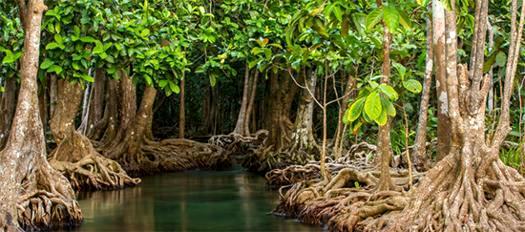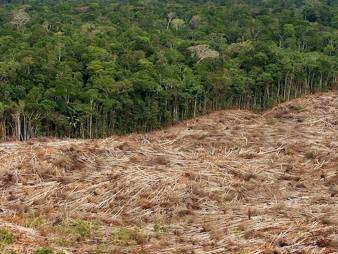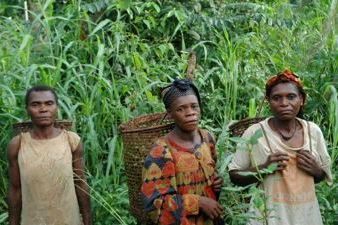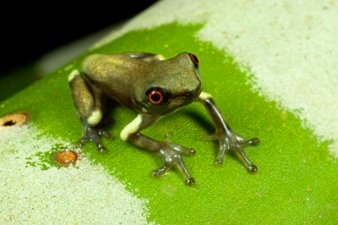
A new study by Texas State University researchers in the journal PLOS ONE raises ecological concerns over proposed oil development in Ecuador’s Yasuní Biosphere Reserve.
Shawn McCracken, a postdoctoral research assistant at Texas State and Michael Forstner, Regents Professor and holder of the Alexander/Stone Chair of Genetics at Texas State, report that even low-impact development may have a significant negative effect on the unique frog community inhabiting high canopy bromeliads.
The Yasuní is the most biodiverse rainforest on earth, containing more species of frogs and toads than the total number in the U.S. and Canada combined. Despite Yasuní’s world record species diversity, the region has become the epicenter of Ecuador’s oil boom. Oil development in Yasuní has been touted as low-impact through the use of ecologically sensitive techniques.
The study is the first extensive investigation of high canopy-dwelling amphibians and the factors that influence these communities. Large tank bromeliads reside in the upper canopy of Yasuní at heights up to 50 meters above ground. These bromeliads are capable of holding in excess of four liters of water with community numbers reaching more than 150 individuals in a single tree, literally creating a 3-dimensional wetland in the sky.
“These arboreal wetlands provide critical microhabitat for a large diversity of invertebrate and vertebrate species at the interface between the rainforest and the harsh equatorial climate,” said McCracken, lead investigator on the study. “It is remarkable the number of species we have observed living within these large epiphytes and utilizing them as a resource, especially the new species of bromeliad-dwelling specialist frogs.”
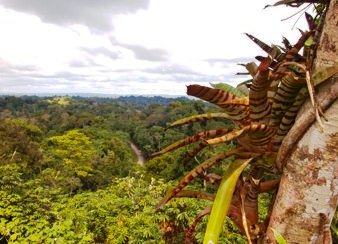
The initial study plan was to compare the anuran communities living within a large epiphytic tank bromeliad, Aechmea zebrina, when tested across three levels of forest disturbance status in the Yasuní region – undisturbed forest, low-impact disturbed forest and high-impact disturbed forest.
“During the time between our initial surveys in high-impact disturbed forest and our return to sample bromeliads, the Via Auca was being widened and paved,” explained Forstner. “We can only speculate that this disturbance and the increased human pressure enabled by road improvements eliminated the few Aechmea zebrina communities persisting near the roadway.”
The scientists observed that as forest disturbance increased, the bromeliad abundance decreased, an initial indication that Aechmea zebrina bromeliads appear to be intolerant of deforestation and, to a lesser extent, forest fragmentation.
The researchers hypothesized “that Aechmea zebrina sampled along an oil access road edge with few forest clearings and a minimal footprint through primary forest (i.e., low-intensity disturbance) would reveal little to no impact on the anuran community.”
However, they found that nearly twice as many bromeliads were occupied by one or more anurans in undisturbed forest compared to low-intensity disturbed forest. The abundance of anurans found in undisturbed forest was also nearly twice that found in the low-intensity disturbed forest bromeliads.
“Our findings of significantly reduced frog abundance and occupancy along the Maxus oil road were somewhat unexpected to us, as this is a road of minimal width and there is primary forest right up to the edge of the right-of-way with small forest clearings limited to a very few sites within our study area,” said McCracken.
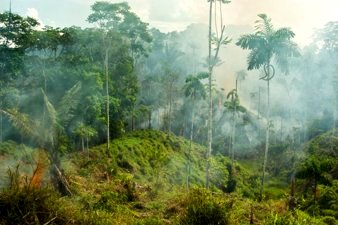
A number of habitat parameters were measured including tree height, bromeliad height, bromeliad water pH, and number of bromeliads in sample tree. Yet, forest disturbance was the only significant factor influencing anuran occupancy and abundance in bromeliads.
“Our results show that forest disturbance associated with oil access roads and infrastructure has a negative effect on anurans utilizing the microhabitat of Aechmea zebrina bromeliads in the upper canopy of eastern Ecuador’s lowland rainforest,” wrote the researchers.
“Our study took an intensive look at the impacts that roads are having on the canopy biota in one part of Yasuní,” McCracken said. “With a lack of correlated habitat factors, we must continue our work to identify how roads previously designed to be environmentally sensitive pathways through rainforest habitat still have such a profoundly negative effect on these canopy communities.”

